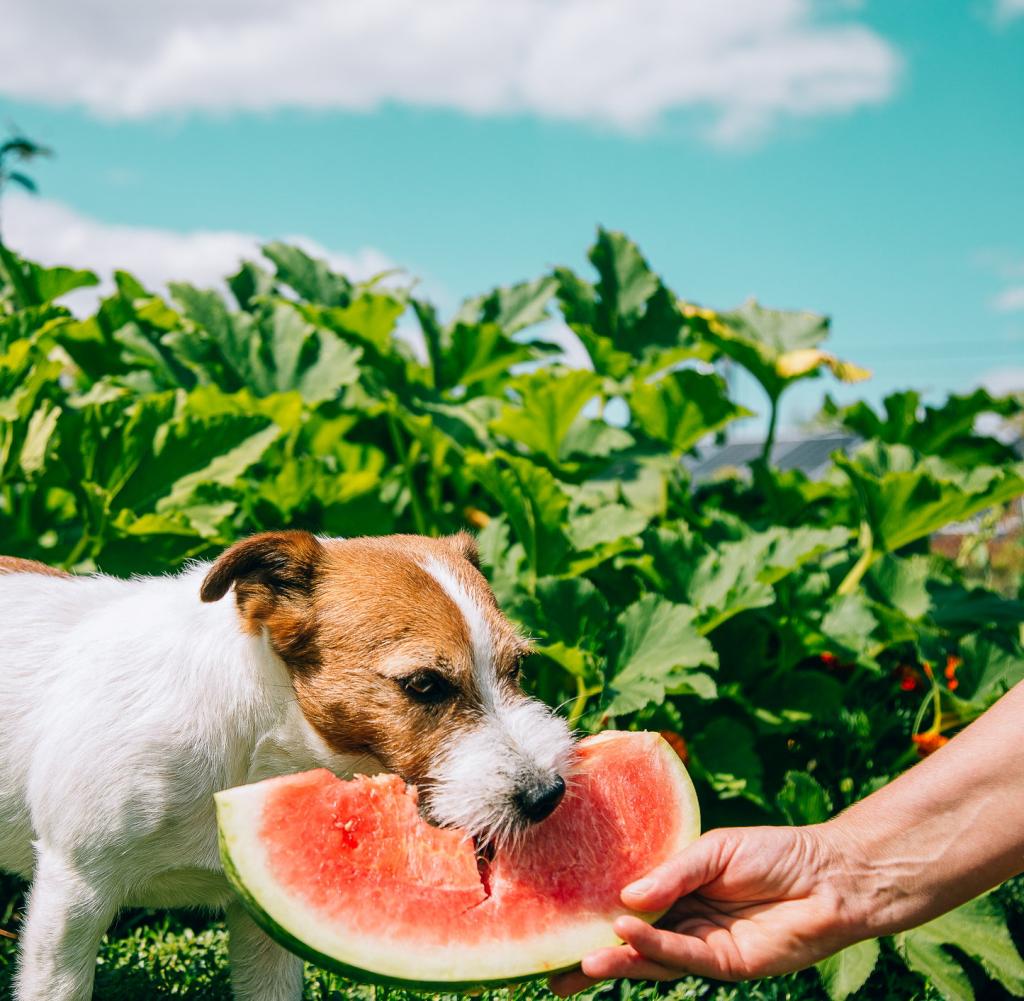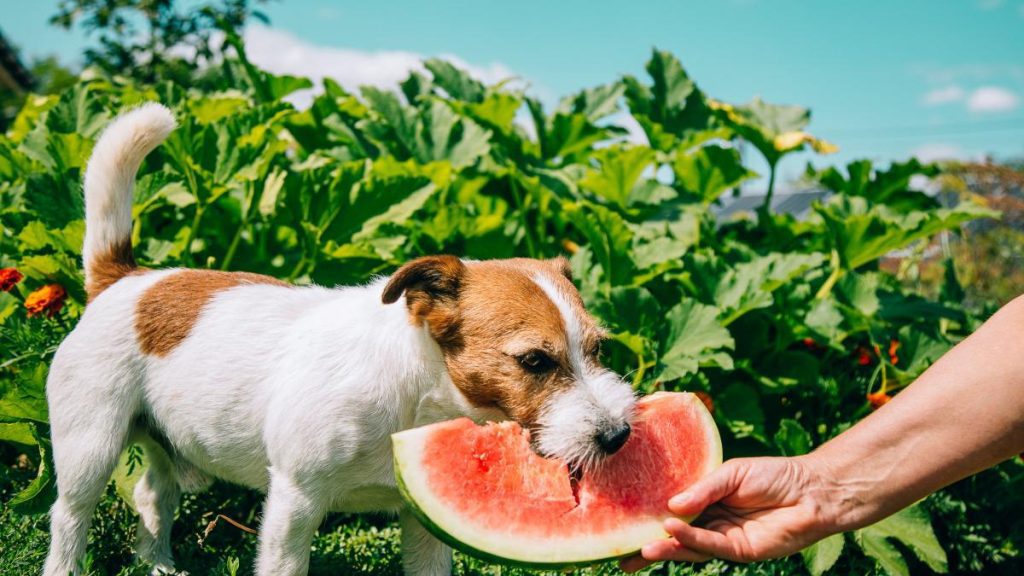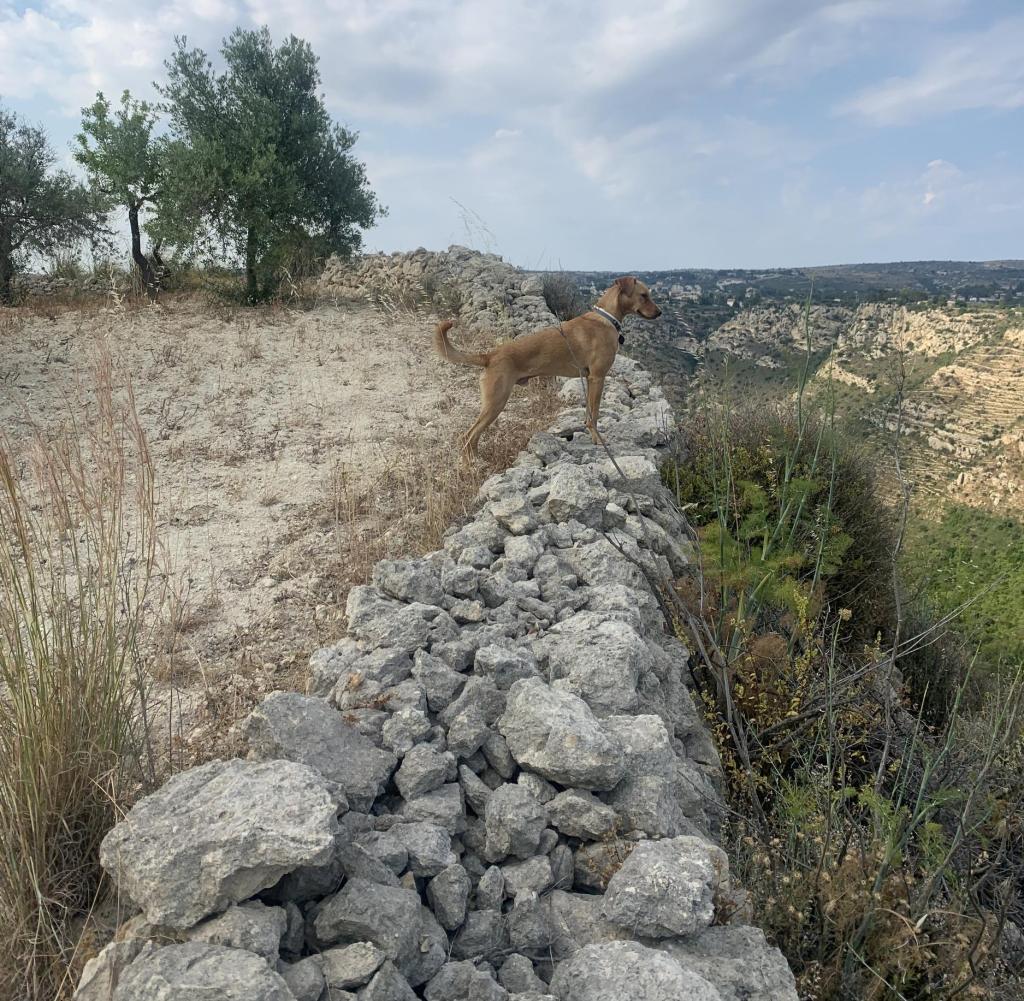How living with humans has changed dogs and their diet


There are definitely dogs that love fruit
Source: Getty Images / Iuliia Bondar
Chips, meats, treats – and if you like it vegetarian or vegan: the dog food range is huge. But most of the dogs in the world live in the wild and feed on droppings or feeding on small animals. As pets, they have nutritional problems.
MWith domestication, dogs got smaller and changed their eating habits drastically. They preferred to hunt smaller prey animals and increasingly fed on what people left or put before them. This is what an international team of researchers has reported after analyzing the finds at archaeological sites in Siberia.
“Some of these modifications helped to increase the population of dogs and develop roles as hunters, herding dogs, and sled drivers, which are historically known in Siberia and elsewhere,” wrote researchers led by Robert Lucy of the University of Alberta (Canada). in the journal Science Advances. Other developments have been harmful, such as frequent parasitic infections that dog Caught with food.
The team wrote that about 700 million dogs lived on Earth. Although there are a wide variety of dog food products, most dogs are not fed by humans. They lived in the wild, fed on litter, and hunted livestock or small animals. Their food habits are diverse – and the result of the domestication of humans.
This began in Eurasia 40,000 years ago when the evolutionary lineage of dogs diverged from wolves. It is generally assumed that the ancestors of the domestic dog first searched for food near humans. Later, with the advent of agriculture, some dogs also developed the ability to better digest starch. Dogs with a proper genetic basis appeared about 7,000 years ago.
Researchers are now investigating other changes associated with dogs living with humans, such as the evolution of body size and weight.
The analysis showed that during the Holocene, which began about 11,000 years ago, dogs got smaller and smaller. While Wolves Most of them weighed over 30kg, and the average weight of the 199 Siberian dogs examined was just over 16kg.
Similar development has occurred in other regions, the researchers write. Their bite force and hunting radius will also decrease with smaller body size, making it more difficult for them to hunt larger prey and possibly keeping dogs close to humans.
Isotope analyzes of the bones provided information about the animals’ diet. Scientists studied 143 dogs from between 9,000 and 500 years ago that lived near humans on the seacoast, in lakes, or with fishermen, farmers and herders. The special habitat of dogs is reflected in their diet: researchers found evidence of a diet containing fish in dogs that lived near bodies of water.
Earlier – and today – wolves, on the other hand, hunted mainly large herbivores and hoofed animals, and fish play a secondary role in their diet. Dogs that lived with farmers and herders showed evidence of highly variable diets, likely reflecting the diverse diets of humans.
The data indicated that dogs developed a certain dependence on humans at least 7,400 years ago and were fed or eaten their leftovers.
With the change in diet, more and more parasites and other pathogens have moved to dogs, fecal residue studies show. This may have increased their mortality rate, at least temporarily, and affected population development, the researchers wrote.

“Total coffee aficionado. Travel buff. Music ninja. Bacon nerd. Beeraholic.”











More Stories
Coral Seeding: Artificial Insemination Makes Coral More Heat Tolerant
Fear, Anger, and Denial: How People Respond to Climate Change – Research
LKH Graz: Using radiation to combat heart arrhythmias